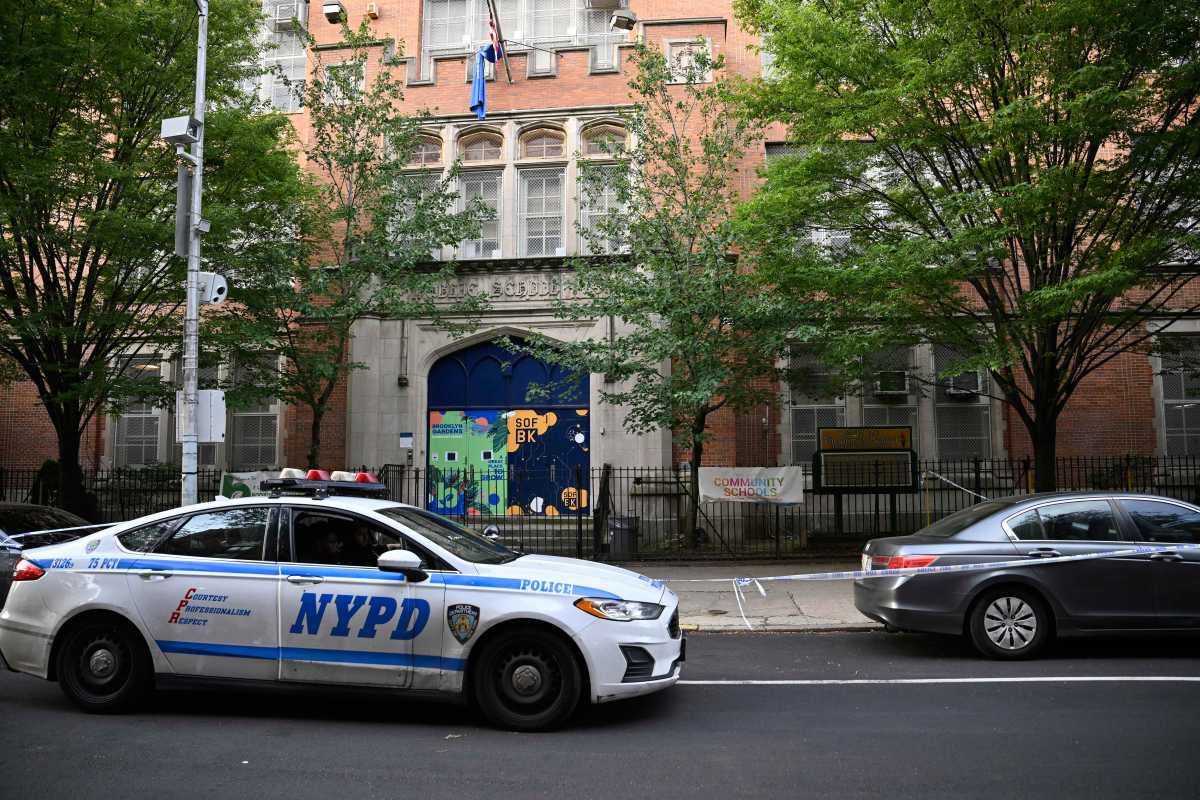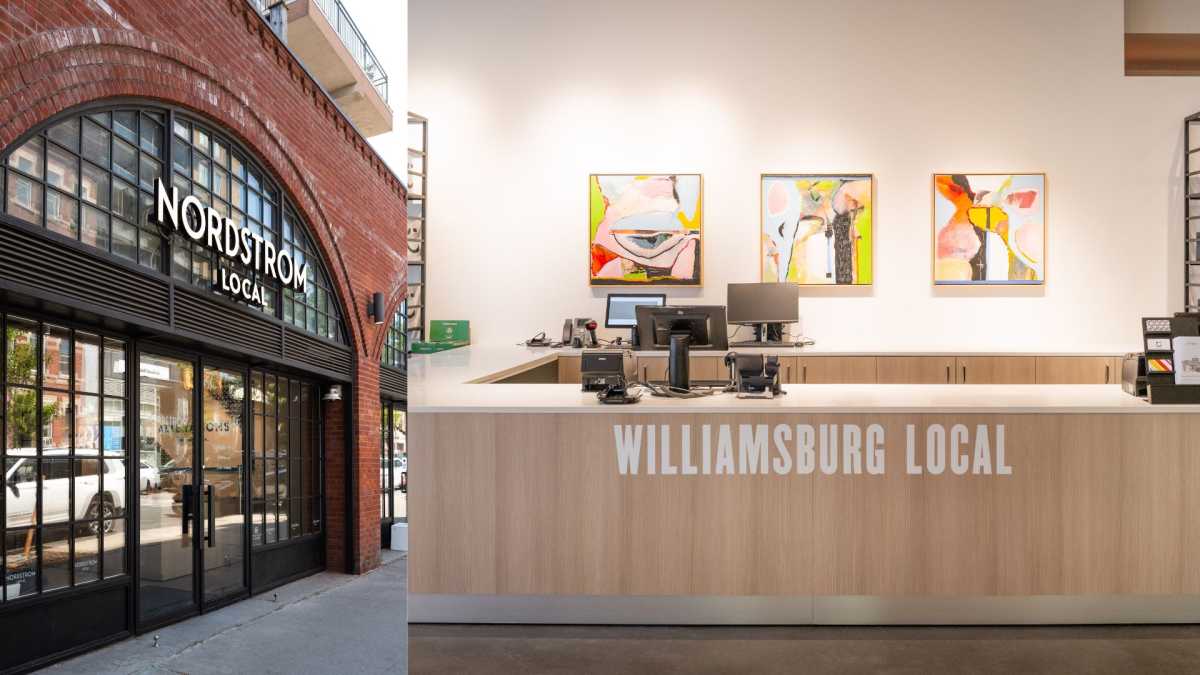Keyspan has agreed to clean the contaminated muck below Thomas Greene Park, thanks to a new agreement between state environmental conservation officials and the Brooklyn-born energy company.
The Aug. 10 deal ends years of legal wrangling over the extent of the environmental damages done by fuel refineries that operated on the banks of the Gowanus Canal during the 19th and early 20th century, handing the 112-year-old company responsibility for several tracts of contaminated land that had long been in dispute.
In addition to removing cancer-causing chemicals from the soil beneath the city-owned park between Douglass and Degraw streets, the Downtown-based company will also be required to remediate a former fuel-refining site on Second Avenue now occupied by Pathmark and a Lowe’s hardware store.
The cleanup is expected to take several years and will be followed by extensive study of soil conditions in the blocks of warehouses, homes and converted lofts that surround former manufacturing sites. Karen Young, a spokeswoman for Keyspan, said the company would “work closely with the owners, local officials and the community” as it moves forward with the state-supervised cleanup.
“Keyspan is one of the most experienced utilities in conducting investigations and remediation of former manufactured gas plants sites and will bring this expertise to these sites,” said Young.
The buried toxins do not present an immediate danger to people who use these sites, according to state records. Typically, the chemicals left by gas manufacturing are only dangerous when inhaled or eaten — and at Thomas Greene Park, they are buried too far underground for that, experts said.
Nonetheless, the detox is eagerly awaited in Gowanus, which could blossom into a residential neighborhood bridging posh Park Slope and Carroll Gardens if an expected city upzoning goes ahead.
“This cleanup is good and critically important, and we have been asking for it for years,” said Jo Anne Simon, a founder of Friends of Douglass-Greene Park.
But while the remediation agreement is a sign of better days to come on both sides of the so-called Lavender Lake, it represents only two of a half-dozen cleanups along that canal that must be done before the area is safe for developers who have bought land in the area.
In a statement last week, state Department of Environmental Conservation Commissioner Pete Grannis hinted at the big job still ahead
“[The state] will continue to hold Keyspan and other utilities that have left behind this history of contamination accountable for the environmental impacts,” said Grannis.





















